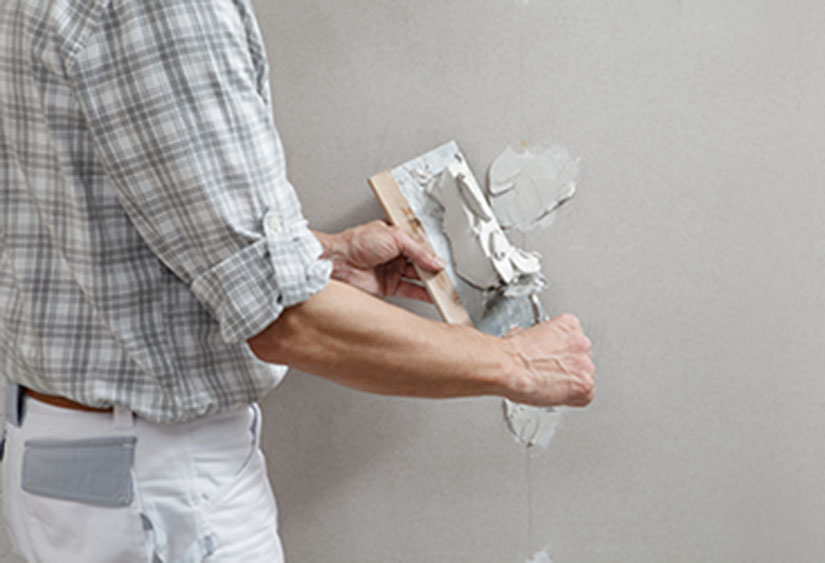My Dog Ate Sand: Our Vet Explains What To Do

Updated on
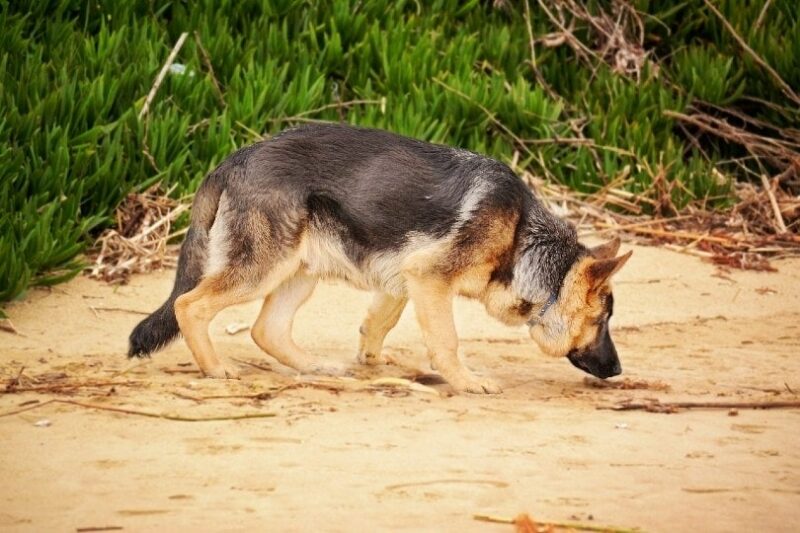
Click to Skip Ahead
You’ve had a great day at the beach, but you realize your pup is acting a little sluggish. You suspect he might have eaten sand. Should you worry if your dog ate sand? Is it toxic? There are lots of questions you might have about this scenario, so let’s shed some light on it.
Should You Worry About Your Dog Eating Sand?
Unfortunately, you should be concerned if your dog ate sand, especially if they ate a lot. Depending on how much they ate, your pet could develop a gastrointestinal obstruction that could be life-threatening.
If you’ve just gotten out to the beach and your dog is trying to eat sand, stop them! Make sure they’re not digging in the sand and eating it.
It’ll probably be hard to tell, but can you guesstimate how much sand your dog has eaten? Think about it in terms of teaspoons or tablespoons. It may not be accurate, but it will be helpful. Contact your veterinarian to see if they want you to bring your dog in for an exam or if they will refer you to an emergency facility.
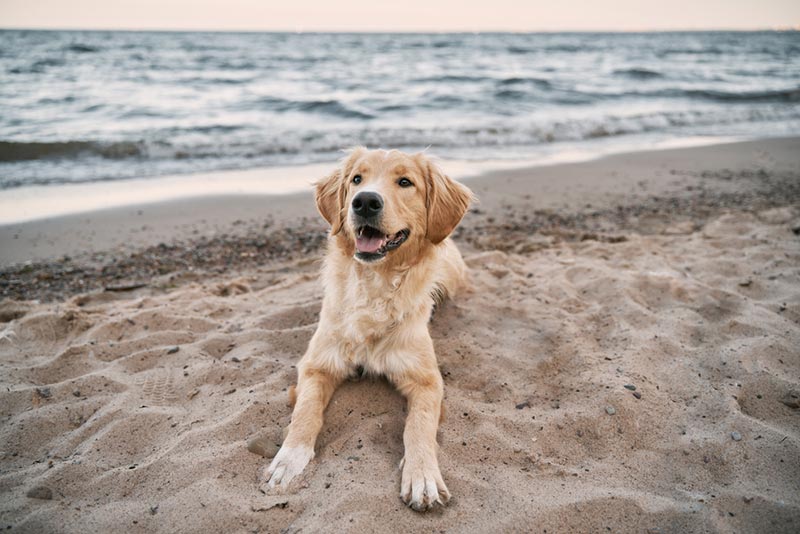
How Dogs Ingest Sand at the Beach
There are lots of ways dogs can end up eating sand:
- Directly Eating Sand: Some dogs like the taste and go out of their way to eat sand.
- Drinking River Water: If your dog gets thirsty and starts drinking water near a sandy river bed, they will usually also ingest sand simultaneously.
- Playing With Toys on the Beach: Some toys accumulate a lot of sand, so as your dog picks the toy up and carries it around, they may swallow sand.
- Digging in the Sand: Your dog might get a mouthful or two of sand as they explore.
- Eating a Sand-Covered Treat: Most dogs will not care if their treat is covered in sand and will continue to chew on it—regardless of the sand!
Signs of Sand Impaction in Dogs
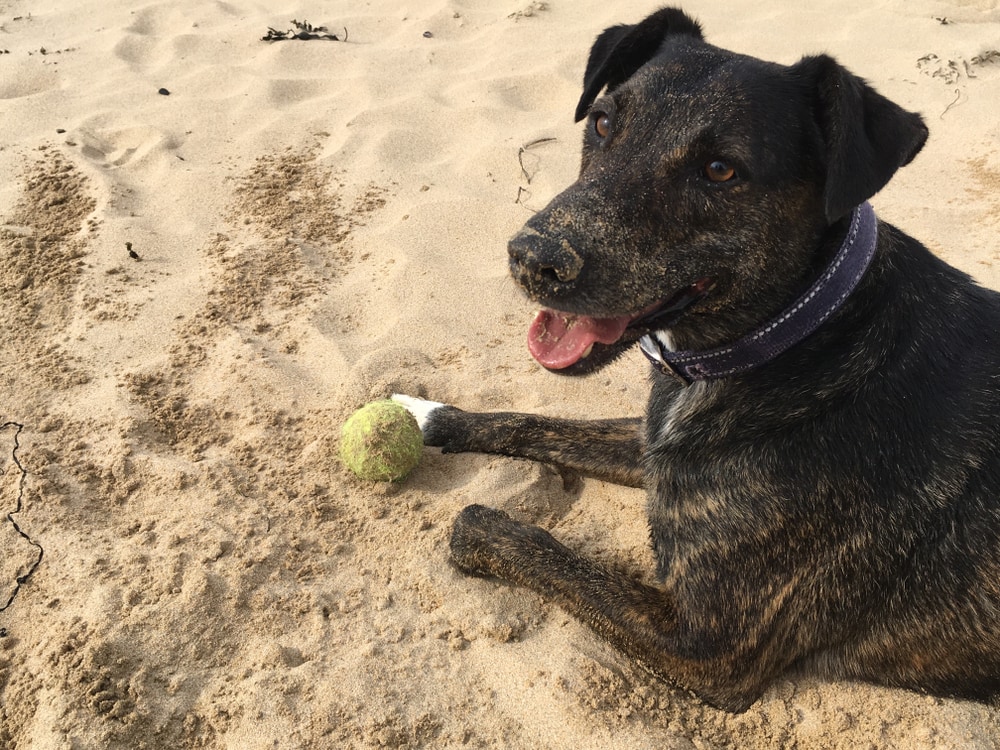
If your dog has eaten a lot of sand, you might see GI signs, such as the following:
- Constipation
- Vomiting
- Straining
- Sand in the stool
You may see less apparent signs that your dog is uncomfortable from eating sand.
- Whining or otherwise vocalizing
- Restless
- Stretching out in a downward dog-type position
- Painful if touched
- Distended belly
- Not interested in food
Diagnosing a Sand Impaction in Dogs
If you’re concerned your dog has eaten sand, contact your veterinarian. They’ll generally perform a physical exam while getting a thorough history from you. They might feel gritty material in the intestines, which will help confirm sand ingestion.
Your veterinarian will likely suggest blood work; this is important because if your dog ate salt water or vomited, their electrolytes may be unbalanced.
Your veterinarian may also recommend radiographs (X-rays) to see if the intestines look distended or obstructed.
Treatment for Sand Impaction in Dogs
Your veterinarian’s treatment plan for sand impaction will depend on how much sand your dog ate and if they are showing any signs. Your vet will likely give your pup subcutaneous fluids under the skin for mild cases to keep your furry friend hydrated. If your dog is ill, the vet may prescribe IV fluids.
If your dog has an electrolyte imbalance, your veterinarian will likely correct it while giving fluids. Other medications include anti-nausea medication like Cerenia or pain medication.
Unfortunately, some cases of sand impaction are severe and require surgical intervention. If that’s the case, your vet will remove the sand under anesthesia and may repair injuries to the intestines, such as tears, if the impaction is terrible.
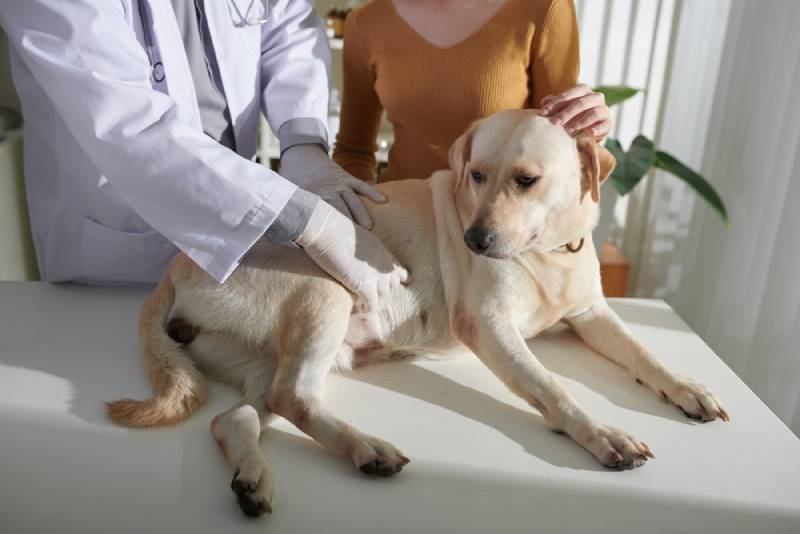
Preventing Your Dog from Eating Sand
It might go without saying, but the best way to keep your dog from eating sand is to avoid ways for them to have the opportunity to eat sand.
- Don’t allow your dog to drink river water.
- Keep your dog from digging at the beach.
- Try not to play with toys that will hold onto the sand.
- Avoid giving them treats while on the sand.
- Rinse off your dog after a day at the beach to help get sand off their coat and paws.
Other Health Issues Caused by the Beach
Going to the beach and playing in the sand does put your dog at risk for other issues. First and foremost, being out in the hot sun with little to no shade is a recipe for heat stroke. Some dog breeds are at high risk for heat stroke, particularly short-nosed or brachycephalic breeds like Bulldogs and Boston Terriers.
The hot sand can be very abrasive to your dog’s paws. Your pup could get burned paws that need medical treatment. Consider booties to protect their feet.
Your dog can also pick up intestinal parasites when eating sand, such as hookworms or roundworms. These parasites can also migrate across your or your pet’s skin, which is called cutaneous larva migrans.
There are also dangers associated with the water. Dogs can get dragged out to sea by rip currents or develop electrolyte imbalances from drinking salt water.
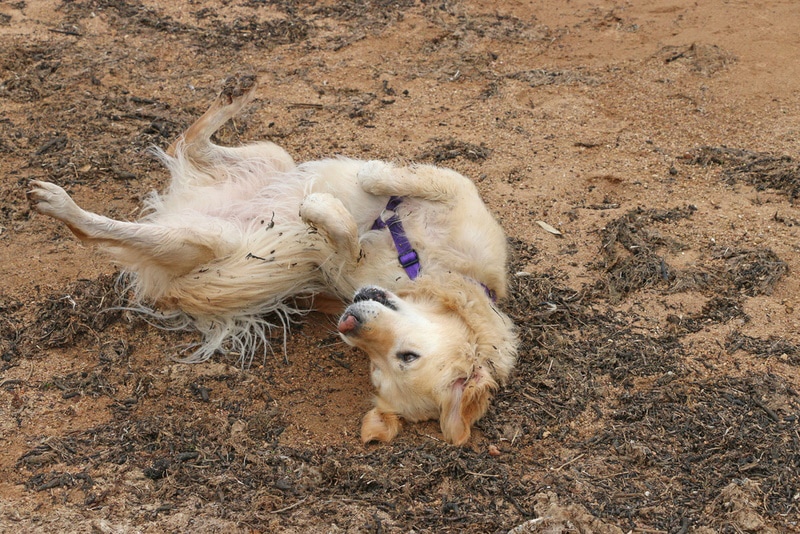
Frequently Asked Questions
Can dogs get parvo from sand?
Dogs can pick up intestinal parasites from sand, but they’re also at risk for viral infections like parvovirus. This virus is hardy and can last in the environment for a long time.
To minimize the risk of your dog getting sick from going to the beach, ensure they are fully vaccinated before heading out. Keep your dog from eating sand while at the beach. You can also wipe down your dog’s paws with a clean, damp cloth to make sure your dog’s paws are getting cleaned off from excess sand.
Is sand bad for your dog’s skin?
Sand is very abrasive and can damage your dog’s paws, especially their paw pads. Sand can also hide material such as sharp seashells that could injure your dog’s paws and skin.
Sand can cause corneal abrasions or scratches on your dog’s eyes, even when it’s not windy. A game of fetch can quickly become a recipe for disaster if your pup dives after a flying disc.
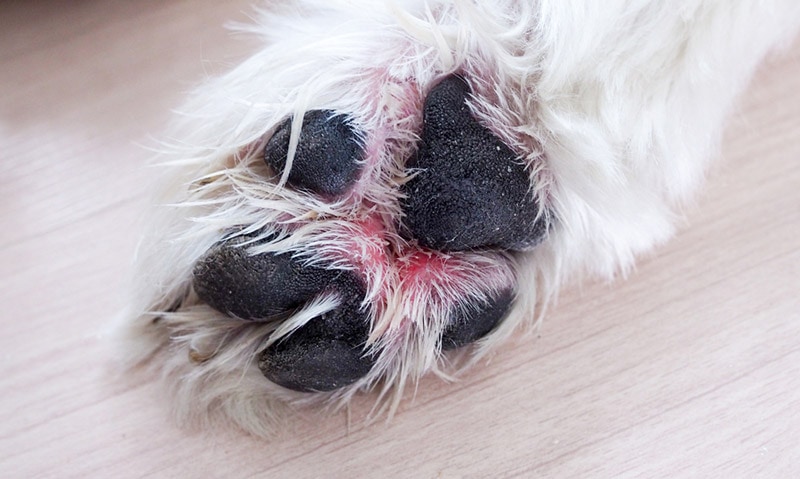
Conclusion
Dog owners always want to prevent their favorite canine from getting hurt or ill. But we know that it can be hard to watch what your dog puts in its mouth 24/7. Contact your veterinarian immediately if you’re concerned that your dog has eaten sand. The earlier your pet gets treated, the better the prognosis.
Featured Image Credit: DanaTentis, Pixabay



